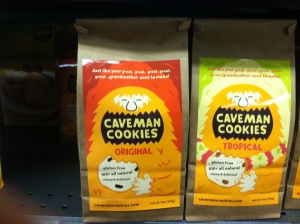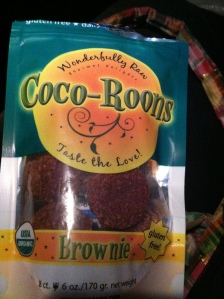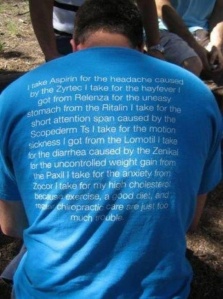There are hundreds of niche health and fitness blogs, websites, and books out there spouting nutritional and exercise advice; some with the factual basis to back their claims but without the popularity to reach a wider audience, and many others with little to no credentials or with an ulterior motive of making money. At the same time, established mainstream publications post content from trusted sources like doctors but without solid backing of their claims.
So for someone looking for guidance on how or what or when to eat, it can be excessively frustrating to find both a reliable source and reliable information. There are a lot of myths that have been repeated so many times that they have fooled even the most careful consumer (i.e. the egg debate). So when I see a myth-busting article based off of findings from a scientific study like this come along in the New York Times, I as both a health-conscious person and a journalist get excited. Finally making its way into the mainstream is something with real research behind its dietary claims, even and most especially ones that have been generally regarded as good advice (such as the benefits of eating breakfast.)
But then you run into this problem: restricted information access. This could be in the form of paywalls, omissions or study abstracts available to but not written for the everyday reader and consumer. In this case, The New England Journal of Medicine and the specific content relevant to readers of this article is only available to subscribers. Plenty of publications don’t give their content away for free online, and understandably so, but the point is that the information remains available only to that target audience. So scientists, doctors and scholars may get that information, but the average person who needs it (arguably more so than those already invested in the material) does not.
It’s a personal interest of mine to actively seek out nutritional information from those small, under-the-radar publications, but not everyone has the time, energy or interest to do so. Many of those publications/organizations/websites have great information, but are either largely unknown (I am still discovering new ones daily) or exclude segments of the population because they don’t identify with weightlifters or vegans (to name a few). Convenience will win every time when it comes to food. That’s why I believe it’s so important to make that elusive, factual information convenient for the everyday consumer. In time, I think these tidbits of truth will make their way into the mainstream media. But for now, I think the most important thing a person can do is be a critical reader and see where your information is coming from. Evaluate the source of the material and check who is paying for the study before you make any drastic conclusions.
And, take everything in stride. Only you will know what works for you. Everyone has different dietary needs based on medical conditions, daily activities, allergies, religion, moral beliefs and simple likes and dislikes. I’ve quoted him before and I’ll quote him again because so much of what The Institute for the Psychology of Eating is about aligns with what I believe in:
“There’s no “one size fits all” in the diet business…. every nutritional system or expert has at least one nugget of wisdom to offer us. In other words, what’s good for the Okinawans, the French, the Mediterraneans, the Hunzas, the Paleolithics, or the bikini-clad inhabitants of South Beach isn’t necessarily what’s good for us. Just take the nugget of truth that works for you, and that works for the people you love and serve.” – Marc David























